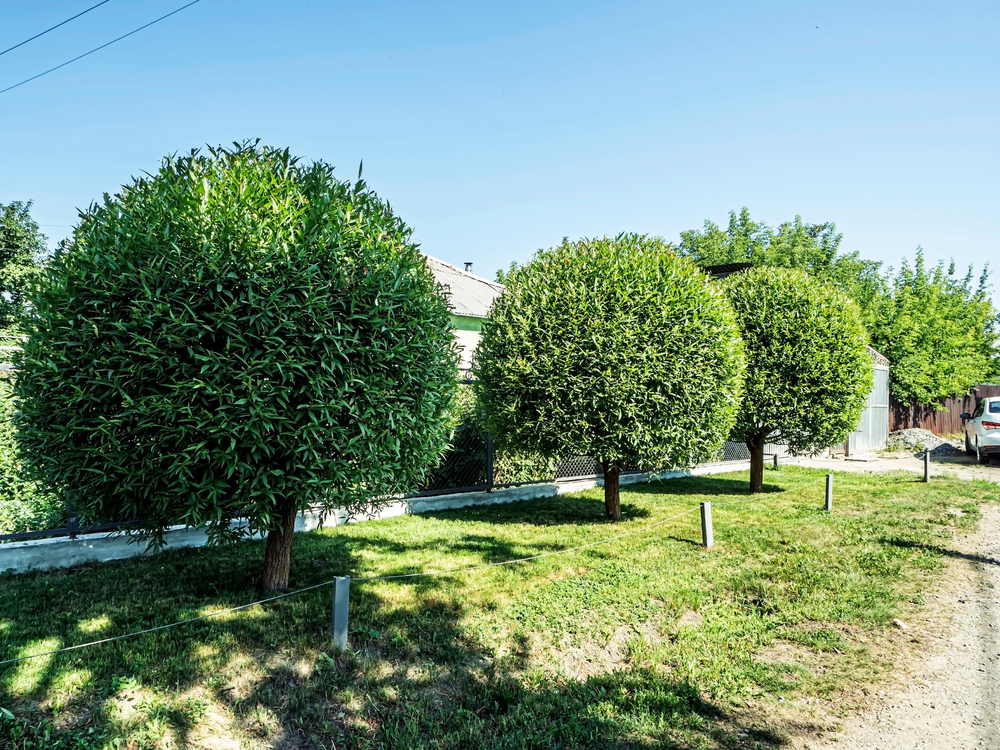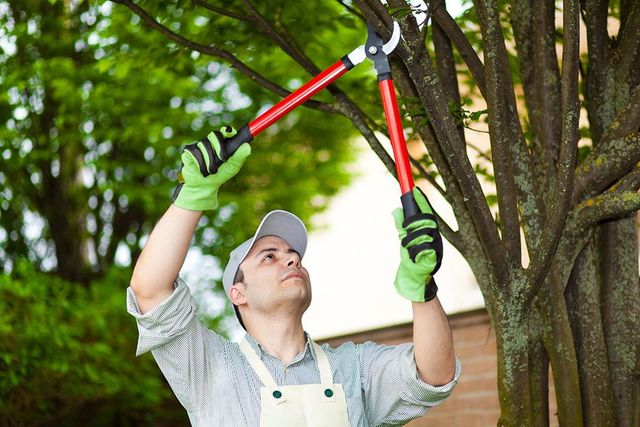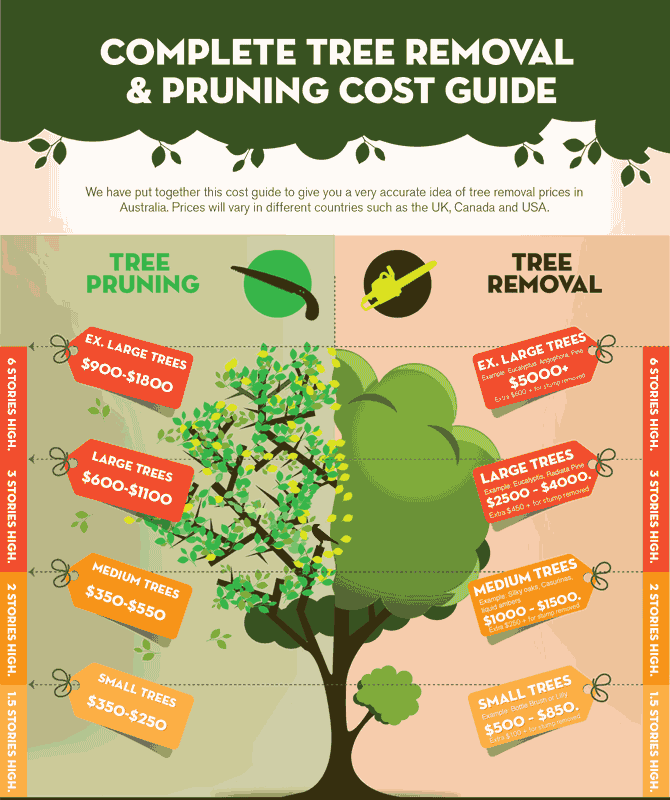All Categories
Featured
The elimination of trees can produce open rooms that are prone to weed intrusion. When trees are existing, their thick covers frequently color the ground, restricting the amount of sunlight that reaches the dirt. Nonetheless, after the elimination of trees, these open areas receive enhanced sunshine, giving ideal problems for weed development.

They might advise the use of compost, which acts as a protective obstacle on the dirt surface, protecting against weed seeds from sprouting and suppressing weed development.

The visibility of trees cultivates an abundant and varied neighborhood of dirt germs. Tree roots give a source of raw material, exudates, and nutrients that support the growth and task of beneficial dirt bacteria. Nevertheless, when trees are removed, the lack of their roots can disrupt the fragile balance of the dirt's microbial ecosystem.
How Much Does It Cost To Have A Tree Removal Wollongong Area?
This adjustment in pH can affect nutrition accessibility, microbial activity, and overall soil health. To resolve the impacts of tree reducing on dirt pH, tree elimination experts can supply valuable recommendations. They may suggest soil screening to assess the present pH degrees and establish the needed changes. Based upon the results, specialists can recommend pH adjustment methods, such as including lime to raise dirt pH or incorporating important sulfur to decrease it.

It refers to the compression of dirt particles, leading to lowered pore space and boosted dirt density. This compaction can negatively influence the soil's capacity to operate ideally, affecting its water-holding capacity, vitamins and mineral accessibility, and root penetration. Correct strategies utilized by tree removal professionals can aid decrease compaction and protect the soil's capability to keep water, and permit sufficient air flow and mindful equipment handling.
Latest Posts
A Better Wollongong City Council Tree Removal?
What Do Tree Loppers Wollongong Services Include?
What Is The Average Cost Of Wollongong City Council Tree Removal Services?